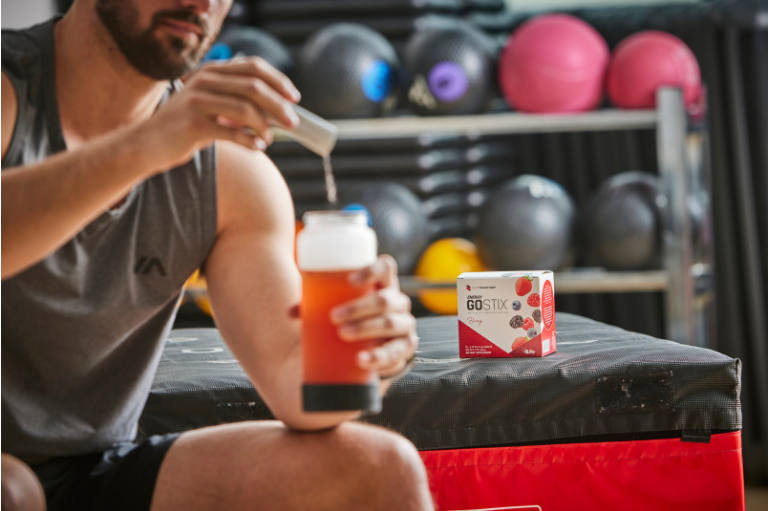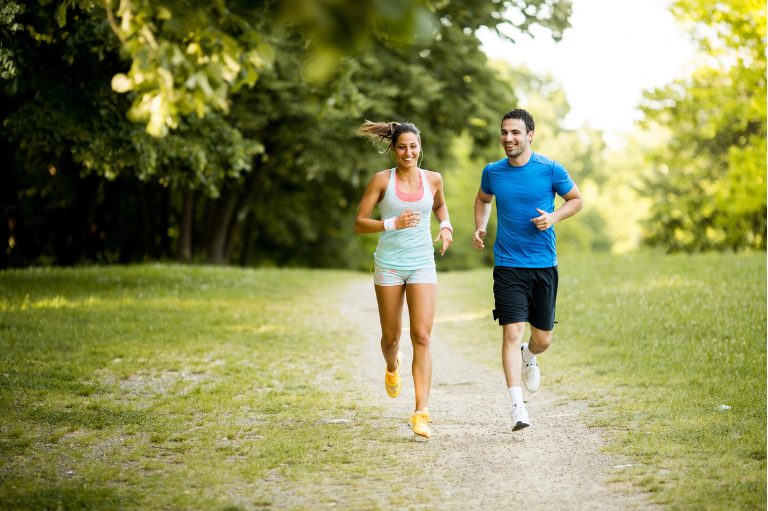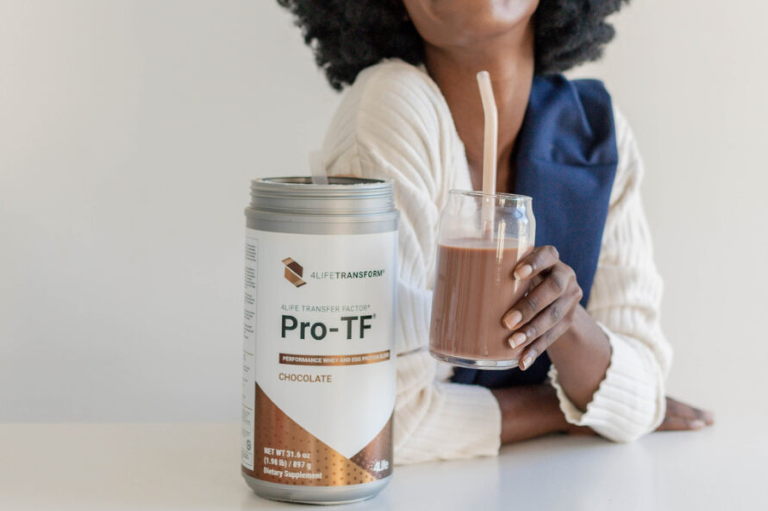Are you sure you want to leave Jorge Grajales's MyShop site?
Are you sure you want to leave Jorge Grajales's MyShop site?
Are you sure you want to leave Jorge Grajales's MyShop site?
Are you sure you want to leave Jorge Grajales's MyShop site?

Written by: Dr. J. Ty Hopkins, PhD, ATC, of the Health Sciences Advisory Board
The human body is an amazing organism that can adapt to almost any stimulus or stress. Millions of intricate and perfectly performed processes allow for breathing, circulation, neurologic function, movement, and hundreds of other vital functions. The secret to health lies with an idea presented by a 19th century German surgeon and scientist: Julius Wolff.
Wolff’s law states that tissues1 will adapt to the loads or stresses placed on them. Wolff also understood that adaptation can occur in either direction—tissues and systems can adapt in a positive direction (anabolism and growth) or in a negative direction (catabolism and atrophy). If you do not place stress on the tissues and systems of the body (skeletal muscle, heart, lungs, vasculature, etc.), those tissues and systems get weaker and ultimately fail. However, too much stress or load can also result in a negative adaptive response. To promote positive adaptation of human tissues and systems that ultimately result in a healthy life, you must stress your tissues and systems to a healthy degree. A mountain of data suggests that one of the best stresses to accomplish positive adaptation is physical activity.
Physical activity is any activity that places stress on tissues and systems. This could include the things you do for work, household chores, leisure activities, sports, etc. Exercise is included under the umbrella of physical activity as a structured and planned activity that can improve physical activity. Ideally, you want to place loads and stress on your body throughout the day. Therefore, a focus on a lifestyle that is rich with physical activity is the goal. This way, exercise becomes less of a chore and more a part of a healthy lifestyle that helps you feel good, energetic, and less likely to get sick. If this is the lifestyle you are looking for, the following are three principles for you to consider as you gradually expand your physical activity: overload, consistency, and recovery.

The perfect load or stimulus for adaptation is one that is slightly more than the load to which the tissue has already adapted. If the load is too high, the tissue will break, tear, or degenerate. If the load is too low, the tissue will degenerate to the level of the load. As tissues and systems continue to adapt, a gradual increase in load or stress is necessary for increased growth. If you are comfortable with the level of tissue or system health, maintain the same stress or load.
Let’s say your goal is to improve cardiorespiratory fitness, and you have not been very physically active. Your first step to improve physical activity might be making conscious choices to gradually increase work on the heart and lungs. This might include taking the stairs instead of the elevator, parking further away at work or the store to increase your walk, taking an evening walk, etc. If you want to increase the load on the cardiorespiratory system, you have a few options: you could increase the intensity or pace, or you could simply increase the time and/or distance. Your load is key, and growth requires a gradual overload.

At the cellular level, adaptation begins immediately; however, noticeable changes to tissues and systems usually take weeks. Consistency is an essential principle because of Wolff’s law: if you don’t use it, you lose it. That being said, consistency doesn’t necessarily mean more is better. Consistency might mean that an activity is performed only a couple times per week. If the activity is low stress, like walking, then consistency would likely mean it is performed regularly (i.e., three times per week). Tissue adaptation requires signaling pathways to become active at the cellular level, and the stimulus or load must be present again for the signaling pathway to remain open and active. The more consistent the load or stress, the more effective the positive adaptation.
It is also important to create variety in the activity loads you perform in your daily life. For example, you should consider aerobic activity (light intensity over longer time, i.e., walking) daily, and some type of resistance activity or weight training (using one’s own body weight is a great place to begin) scattered throughout the week. You could add some hill climbs to your walking regimen, or you could visit the gym and train with weights a couple days per week. For those who are already very active, you might weight train six days a week, but vary your training each day. For example, work only the upper body for two days, lower body for two days, and core for two days. Regardless of your fitness level, consistency must be a foundational principle.

We cannot talk about overload and consistency without also discussing recovery. Recovery is the rest time between sessions of load and stress. If you walk one mile every evening, the recovery time is one day. Recovery is the least understood principle of physical activity. In the fitness world, progress is stunted most often because of poor recovery. Think of every load session as a small tissue injury. That tissue must heal before it can adapt and be stressed again. The extent of that injury dictates the recovery time necessary for that tissue or system. If the load is walking for 30 minutes, the recovery time for most people will be very low. However, if the intensity (running instead of walking) or time (4 hours instead of 30 minutes) of the activity were to increase, the recovery should also increase. If the activity results in soreness or discomfort the next day, the general rule is that recovery should be 48–72 hours.
Recovery is specific. If you lift weights for your upper body and wake up sore the next day, you shouldn’t stress those tissues that day. But you can do another type of activity that doesn’t directly involve those tissues—an aerobic activity, lower extremity resistance training, etc. This is called cross-training, which is an active form of recovery. Additionally, adequate sleep is an important part in the recovery process. Sleep provides the best time for tissues to remodel and adapt. Inadequate sleep does not give the body enough time to heal and adapt, and can exacerbate the inflammatory process, leaving the body vulnerable to higher risk of injury.

The body is built to work. Adaptation is a magical process that allows your incredible body to grow and adjust to any situation or environment. Your physical health is dependent on your efforts to help your body positively adapt, and physical activity is the avenue that helps this process occur. When your body works at the best level, you can better appreciate all the incredible things life has to offer. Be healthy—be happy!
Sources:
1. Growth and Remodeling of Load-Bearing Biological Soft Tissues
You are trying to view a MyShop page. Please log out in order to view this website.